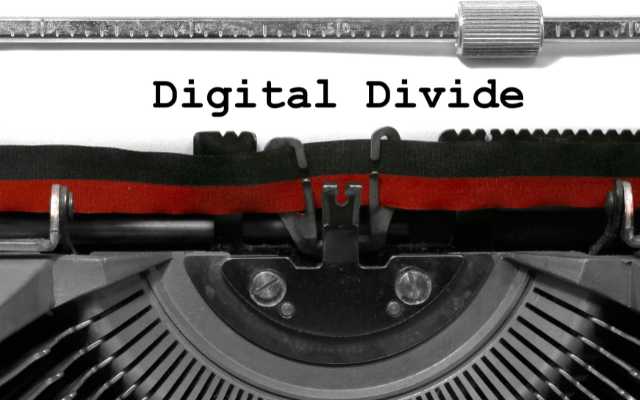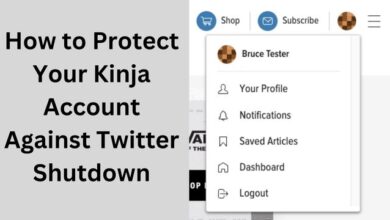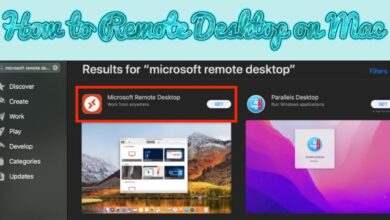How to Bridge the Digital Divide and Expand Internet Access to Underserved Communities

How to Bridge the Digital Divide and Expand Internet Access to Underserved Communities: The Internet has become an essential part of our lives, enabling us to connect with people, access information, and conduct business from anywhere in the world. However, not everyone has equal access to the internet. In fact, millions of people around the world still lack internet access, particularly in underserved communities. This digital divide, where some people have access to the internet while others do not, can create significant economic and social disparities.
The reasons for the digital divide are complex and include factors such as cost, a lack of infrastructure, and low digital literacy. However, there are steps that governments, businesses, and communities can take to bridge the gap and expand internet access to underserved communities. Here are some of the key strategies:
How to Bridge the Digital Divide and Expand Internet Access to Underserved Communities
- Increase investment in Internet infrastructure: In many underserved areas, the lack of Internet access is due to a lack of infrastructure. Governments and businesses can help bridge the gap by investing in broadband infrastructure, including fiber optic cables, building cell towers, and expanding wireless networks. Such investment can create jobs and stimulate economic growth while also providing essential services to underserved communities.
- Promote public-private partnerships: Governments and businesses can also work together to develop public-private partnerships to expand internet access. Such partnerships can leverage the strengths of both sectors to create innovative solutions that are tailored to the specific needs of the communities they serve.
- Provide subsidies for internet access. For many people in underserved communities, the cost of internet access is simply too high. Governments and businesses can help bridge the gap by providing subsidies to low-income households and small businesses to help cover the cost of internet access. Such subsidies can make a significant difference in ensuring that everyone has access to the Internet.
- Improve digital literacy: Finally, it is important to recognize that simply providing internet access is not enough. Many people in underserved communities lack the digital literacy skills needed to make the most of the internet. Governments, businesses, and community organizations can help bridge this gap by providing training programs and other resources to help people develop the digital literacy skills they need to succeed in today’s digital economy.
- How to Organize Your Android App Drawer: Tips and Tricks for a Cleaner and More Efficient Layout
- Android Streaming Apps: A Guide to the Best Video and Music Apps for Your Smartphone or Tablet
- The Top Android Camera Apps: Enhance Your Smartphone Photography and Editing Skills
Conclusion
The digital divide is a significant challenge that must be addressed if we are to create a more equitable and prosperous world. By investing in infrastructure, promoting public-private partnerships, providing subsidies, and improving digital literacy, we can bridge the gap and expand internet access to underserved communities. Doing so will not only help create economic and social opportunities but also ensure that everyone has the chance to fully participate in the digital age.







